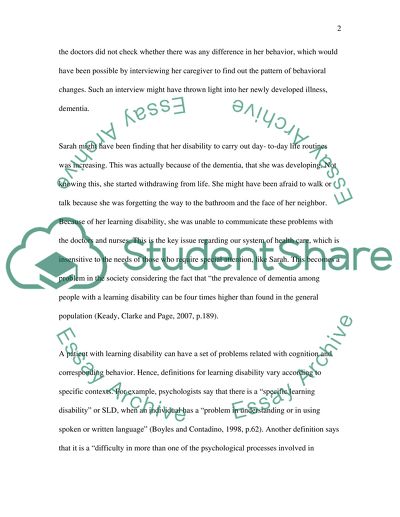Cite this document
(“The Individual Access to Health and Social Care Essay”, n.d.)
Retrieved de https://studentshare.org/nursing/1390178-the-individual-accesing-health-and-social-caregive
Retrieved de https://studentshare.org/nursing/1390178-the-individual-accesing-health-and-social-caregive
(The Individual Access to Health and Social Care Essay)
https://studentshare.org/nursing/1390178-the-individual-accesing-health-and-social-caregive.
https://studentshare.org/nursing/1390178-the-individual-accesing-health-and-social-caregive.
“The Individual Access to Health and Social Care Essay”, n.d. https://studentshare.org/nursing/1390178-the-individual-accesing-health-and-social-caregive.


